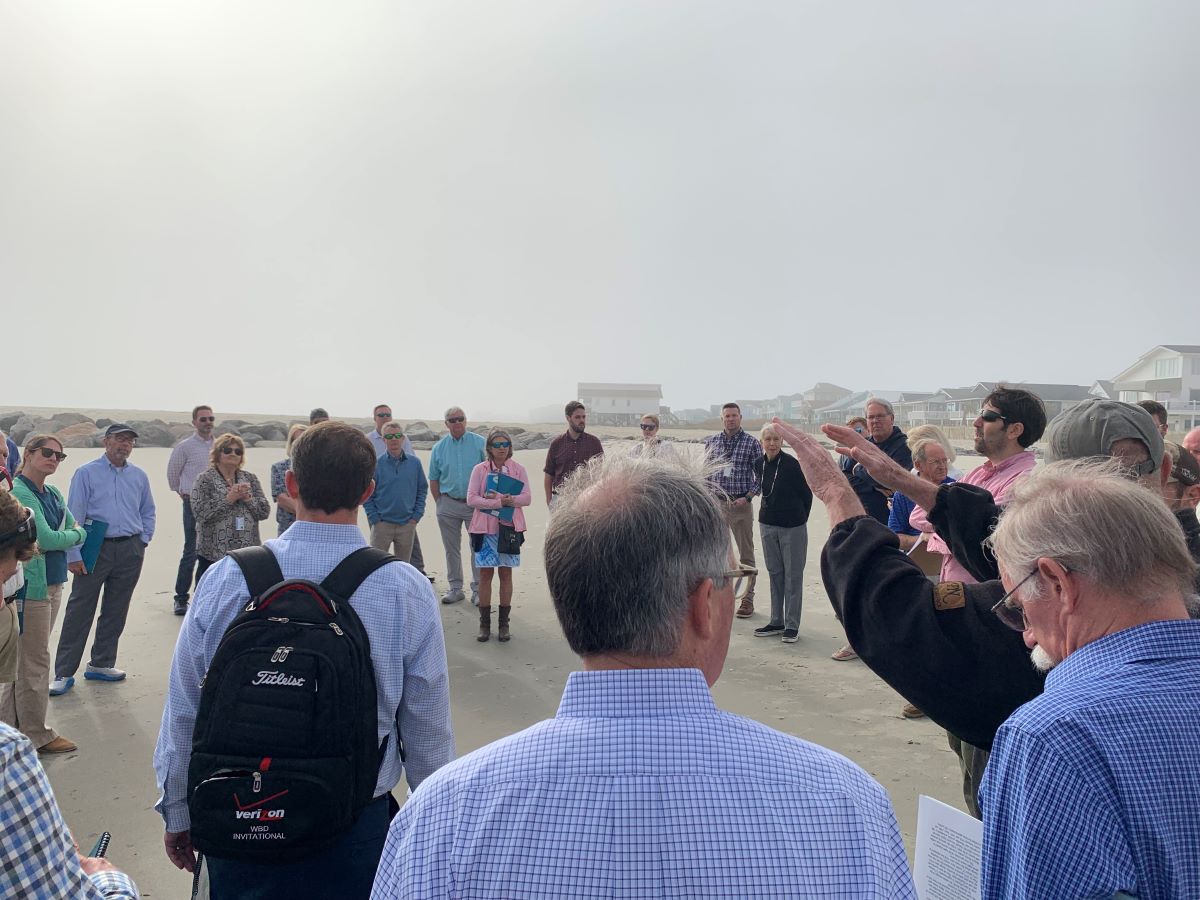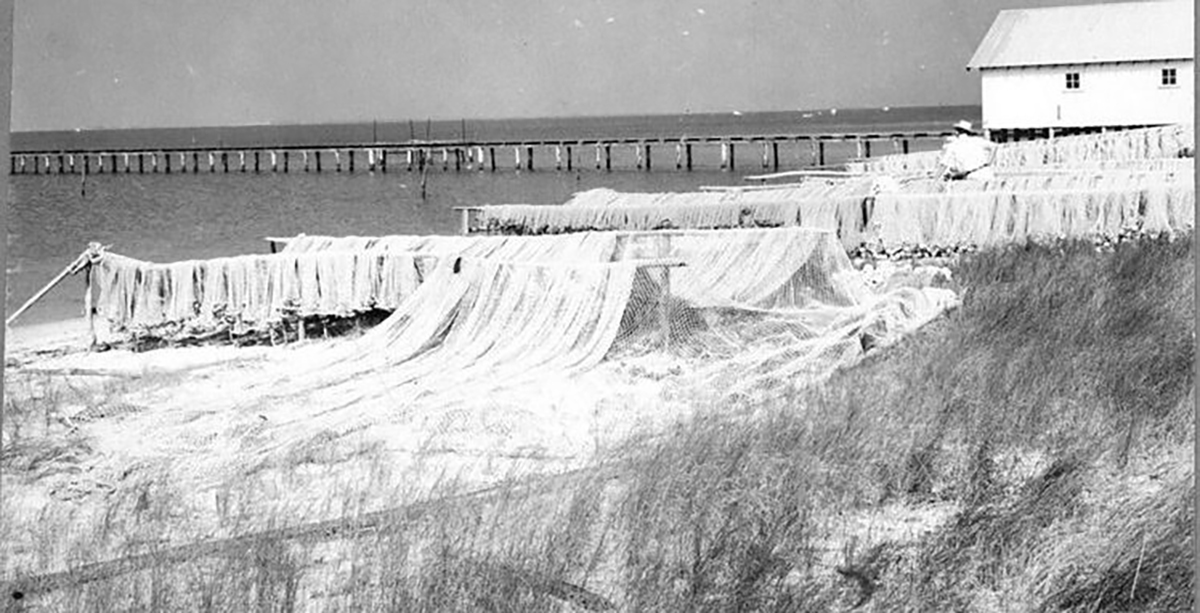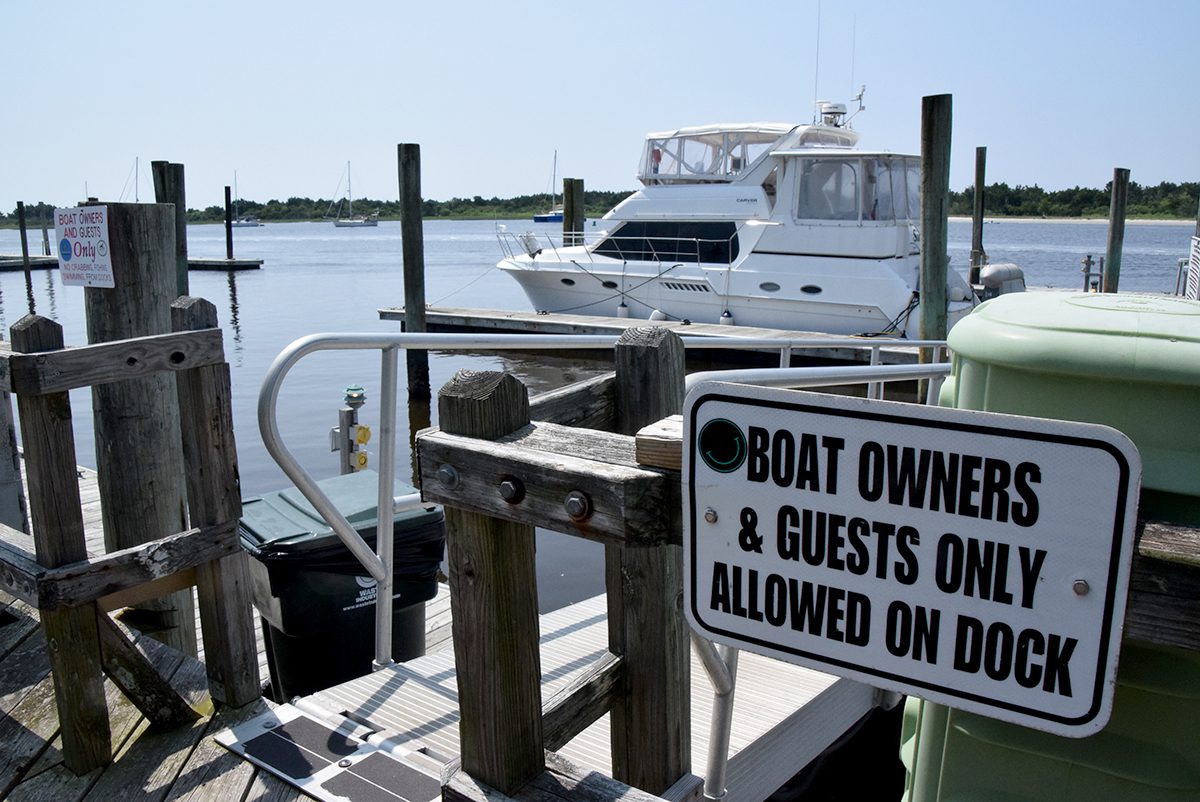
OCEAN ISLE BEACH – This Brunswick County beach town may be the first in the state to test whether bales of hay and pine straw are an effective alternative to sand fencing.
The North Carolina Coastal Resources Commission on Thursday granted Ocean Isle Beach a variance that will, with conditions, allow the town to place hay and pine straw bales at six areas on the eastern end of the island.
Supporter Spotlight
The town has agreed to monitor the bales and report back to the state Division of Coastal Management, or DCM, on their effectiveness at trapping sand to boost dune building and how well or not they weather coastal storms.
Ocean Isle officials must consult with the North Carolina Wildlife Resources Commission and U.S. Fish and Wildlife Service before the division may issue a permit. Both wildlife agencies raised concerns about the use of bales as a sand management tool when the town applied for a Coastal Area Management Act, or CAMA permit, last year.
Officials with those agencies question the potential impacts to habitat, including that of nesting sea turtles, as the bales decompose, and the possibility of bales being a haven for nesting insects.
The Wildlife Resources Commission last June stated that any impacts of bales on the beach are undetermined and should “be vetted prior to allowance.”
“The direct, secondary, and cumulative impacts bales may have on these resources coast wide is unknown and should be discussed in more detail prior to the inclusion of bales as a management tool by the NCDCM. No information has been found regarding bale use on ocean shorelines in other states, so previously studied examples cannot be compared,” according to the Wildlife Resources Commission.
Supporter Spotlight
The Coastal Resources Commission, which held its first meeting of the year in Ocean Isle Beach, agreed that while the town must consult with the Wildlife Resources Commission and Fish and Wildlife Service, the town will not be bound by concerns raised by those agencies.
Ocean Isle hopes the bales will build up dunes along what is now a flat stretch of beach leading up to sandbags placed in front of waterfront homes to hold back erosion at the east end of the island.
In 2005, the town installed 1,800 feet of sandbags along east end and in 2012 added another 400 feet. The town covered the bags with stockpiled sand to try and create starter dunes after a terminal groin was built last April on the island’s east end at Shallotte Inlet.
The Coastal Resources Advisory Council, an advisory board to the commission, visited Wednesday the more than 1,000-foot-long groin, the second to be built in the state after the General Assembly in 2011 repealed a 30-year ban on hardened erosion control structures on ocean beaches.
A terminal groin is a wall-like structure built perpendicular to the ocean shoreline and designed to reduce erosion at inlets. Engineers who met with members of the council at Ocean Isle’s terminal groin last week said that the structure appeared so far to be working as designed, but that it is too soon to determine whether it’s a success.
The lack of a dune system behind the groin leaves the east end of Ocean Isle vulnerable to storms.
Ocean Isle’s town attorney Brian Eades displayed pictures taken during and after Hurricane Ian swept up the East Coast last fall that showed ocean overwash on private properties and into streets at the island’s east end.
In the months prior to that storm, the town had tried, unsuccessfully, to buy sand fencing for the east end.
In this post-pandemic market of supply chain issues and inflation, the time it takes to get sand fencing is lagging and the cost to buy has risen.
“It’s a hardship and it’s a hardship unique to this town,” Eades told commissioners.
He said concerns raised by wildlife agencies are speculative and not supported by a peer-reviewed study. Eades also said he does not see the difference between needles from bales being on the beach and pine needles from dead Christmas trees, which are placed on some beaches to build up dunes.
In May 2015, some property owners of two lots on Figure Eight Island, a private island in New Hanover County, installed bales without state authorization. That August, the Division of Coastal Management issued a CAMA minor permit authorizing the use of hay bales in lieu of sand fencing.
The hay bales were on the beach only a few months before they were washed away by storms, according to the Division of Coastal Management.
If permitted, bales will be placed at six street-end sites along the shore under the same requirements as wooden slat and wire sand fencing.
Coastal Resources Commission Chair Renee Cahoon said, based on how the bales perform, they could “add something to the tool box.”
“We’ll never know until we try something,” she said.
Monitoring will include photographic documentation on a monthly basis, following the durability of the bales, and placing signs on the beach notifying the public that the bales are a pilot project.
In other Coastal Resources Commission business:
• The Coastal Resources Commission received additional information about proposed amendments to inlet hazard areas, or IHAs. IHAs are shorelines at inlets, which can shift suddenly and dramatically, making them especially vulnerable to erosion and flooding. The state is in the process of updating the fiscal analysis for the proposed redrawn IHA boundary maps. Though construction is allowed in these areas, there are building size limits and setbacks that must be met. The public will have more time to comment on the proposed amendments, including a public hearing, before the commission makes a decision.
• The commission discussed amendments to proposed rules on beachfront septic systems. One of the proposed rules would allow oceanfront property owners who can repair a septic tank without having to relocate it from having to obtain a permit. The commission also discussed setback requirements for property owners that have to replace their septic tanks.
The commission is scheduled to meet April 26-27 in the Outer Banks.







